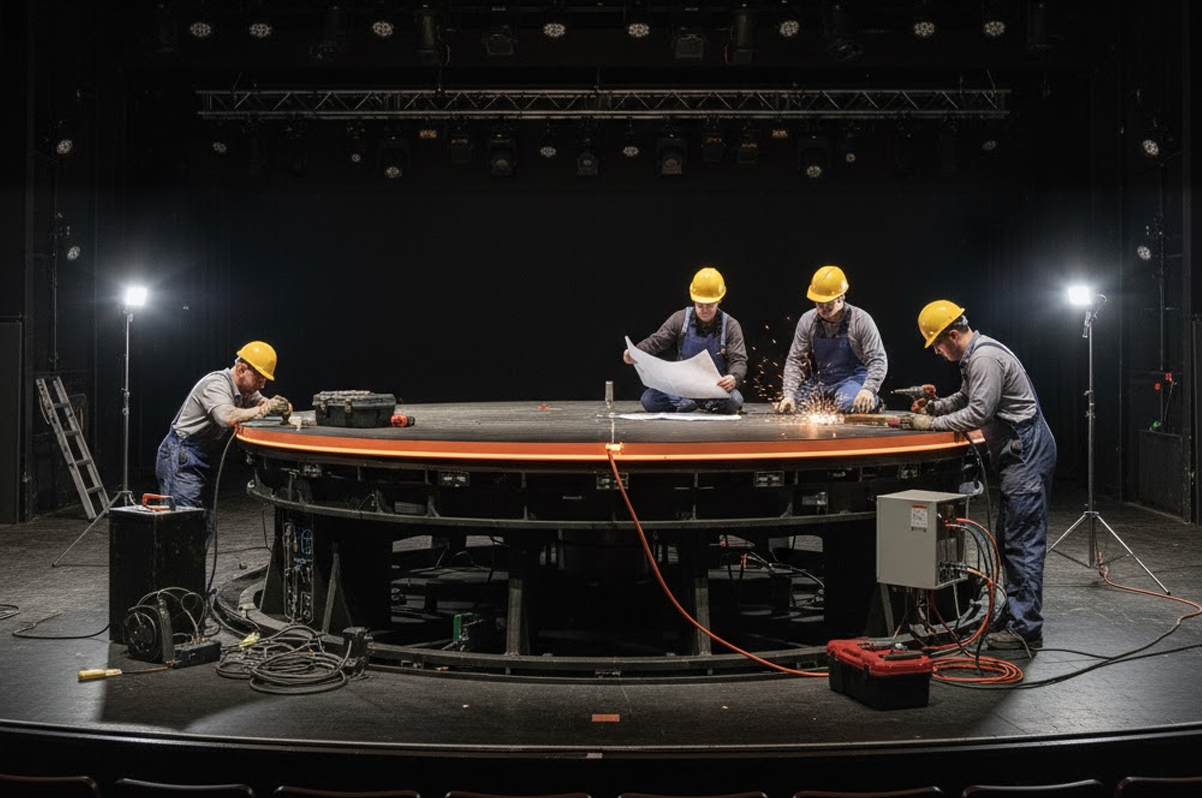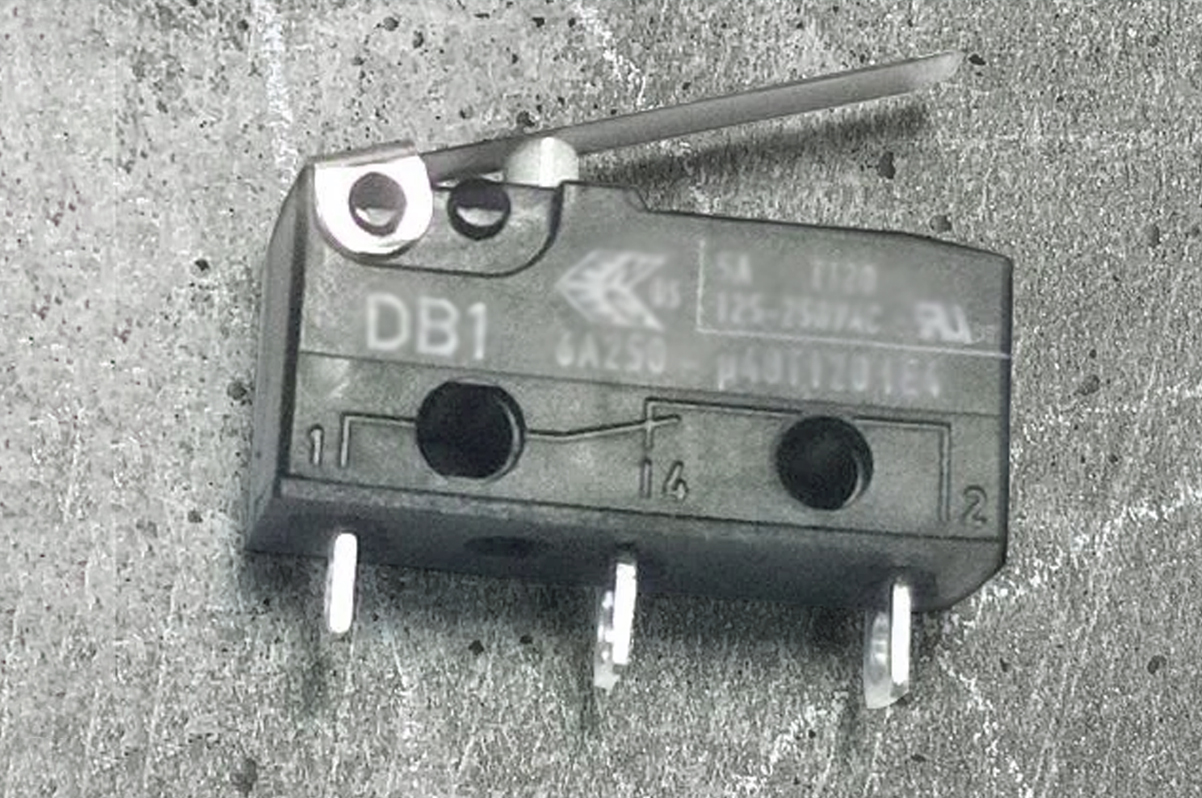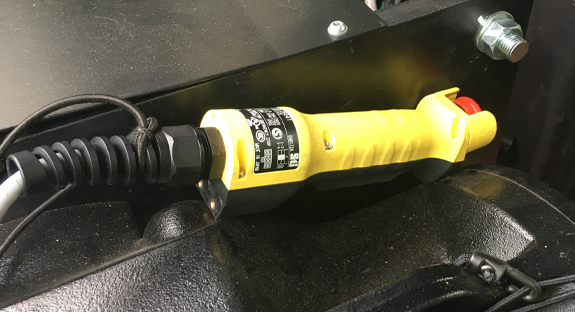Introduction
On previous machinery risk assessment articles, we explain how to approach the analysis of the severity of injury and two-of-three risk elements concurring to estimate the probability of occurrence of the harm. The third element is the possibility of avoidance.
– Article: Estimation of the Severity of Injury
– Article: Frequency of Exposure
– Article: Probability of occurrence
The possibility of avoiding or limiting harm has a great influence in the overall probability of occurrence of the harm. The element deals with the identification and judgment of factors that are within our ability to be foreseen and estimated.
However, although the evaluation of this element seems apparently simple on paper, it requires a little bit of discipline in how the factors are to be considered, assessed, and scored.
The Factors
Skills
The experience towards and the exposition to the hazard of the persons involved – if they are skilled or unskilled.
Being “skilled” means to possess the ability to do something well due to natural tendency and inclinations; the skills can be part of the person’s spontaneous attitude, or they can obtain with training or qualifications.
A competent person exposed to hazards – “skilled” – have a higher possibility to avoid or limit the harm compared to an unskilled or untrained person.
Speed
The speed that the hazardous situation could lead to harm and the influence on the possibility to avoid the hazard consequences versus the expected reaction from the persons exposed to a hazard.
A hazard could lead to a sudden harm (for example an electric shock due to direct contact or the mechanical failure of a load bearing element with load release); a hazard can appear quickly (for example a flying performer being thrown due to the malfunction of a high speed winch drive system) or slowly (for example the potential impact with a load carrying device during a setup lifting operation).
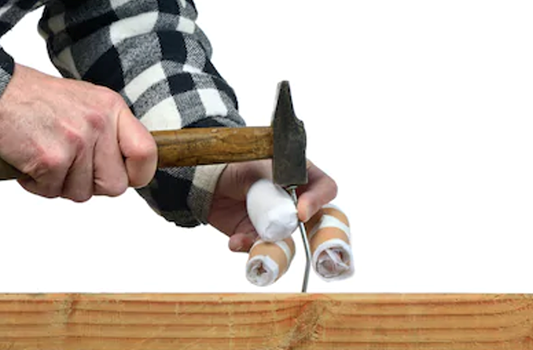
Figure 1 – Skilled or unskilled
Risk awareness
Comprises general information, instruction for use, safety guidelines, etc. The presence of H&S information concurs to increase the awareness of potential risks and could allow a better understanding of the risks related to the machinery installation.
The direct observation of the hazard zone is a key factor which could also allow to increase the possibility of avoidance.
Human ability
The possibility to avoid the effects of a hazardous event is also related to the intrinsic human ability of the people exposed to the hazard to be able to react promptly to a hazardous event.
Reflexes, agility, possibility of escaping from the hazard zone have a huge relevance in the estimation of this element of the risk.
It may be possible to claim that a trained acrobatic performer — standing in a stage platform without handrails — has a potential human ability to maintain balance if there is an unintentionally starts/stop, rather than any other member of the crew.

Figure 2 – Human ability
Experience
The knowledge of the behaviours of the machinery — or of similar machinery —, a known sound or a suspicious noise could allow people with experience to immediately implement control measures or to interrupt a lifting operation.
The five points described are the factors to be assessed and scored to judge if the persons exposed to a hazardous event have a sufficient, a good, or a bad possibility of avoidance.
The importance of knowing who is exposed to the risk
The manufacturer of a variable-speed upper-machinery hoist or winch, declared suitable to move loads with people present in the hazard zone, does not know the type, the skills or experience of people exposed to the hazard.
According to the machinery intended use, the lifting operation could happen above audience, above artists or above installers, consequently, the possibility of avoidance varies depends on the factors of persons exposed to the risk.
The audience — referred to as the assembled spectators or listeners of an event — has no lifting-operation experience, it has unknown human abilities, it has unproven skills and it has almost no risk awareness. Therefore, the default possibility of avoidance for the risk of “impacting or crushing during an above-audience lifting-operation” is almost impossible.
When the persons exposed to the hazards – related to a lifting operation – are artists, it is reasonable to presume they have sufficient risk awareness and skills — because of rehearsals and safety inductions — to allow a medium possibility of avoidance. Considering that the human ability to avoid the risk and the experience may not be present.
When the same lifting operation is carried out during the installation, setting and commissioning phases, it might tick all the boxes (skills, experience, awareness, PPE, daylight, etc.) and it might allow for a high possibility of avoidance to the persons exposed to the hazardous event.
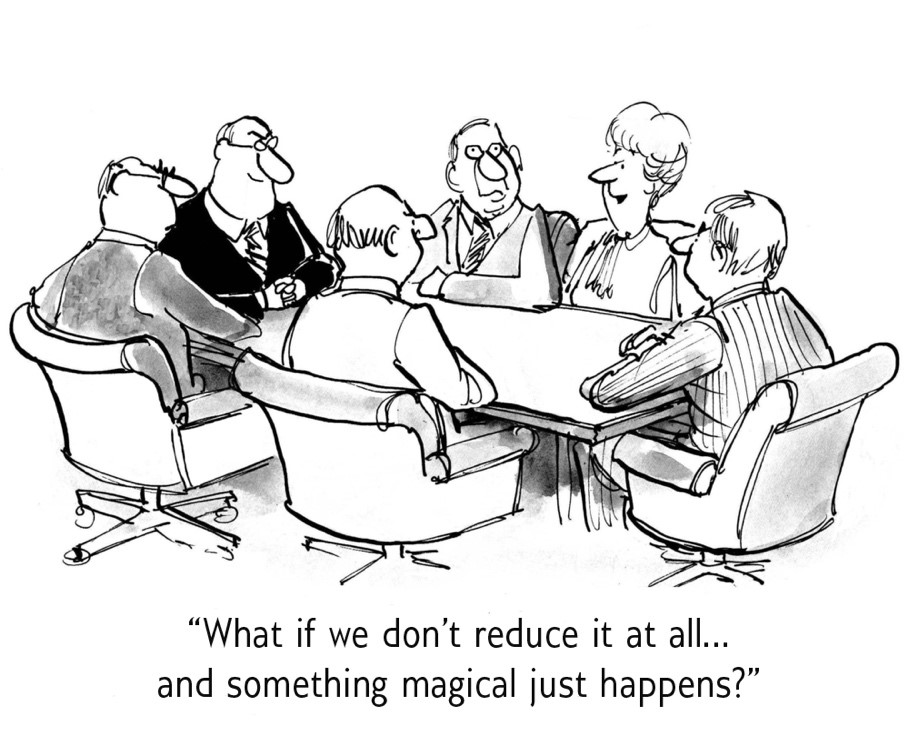
Figure 3 – Optimism actitudes do not concur to a suitable risk reduction
The relevance of this element of the risk
When drafting a risk assessment, the estimation of the elements of the risk is the most difficult task to be carried out and most designers are never sure if their estimation is correct.
In previous articles, there is no “correct” risk estimation, this is because there are many risk matrixes, each of them with different values and criteria.
However, a risk estimation can be “inconsistent” or “inappropriate” if the adopted risk matrix is not very well defined and if the elements assessed are scored either with overconfidence or with excess of prudence.
The assessment of the possibility of avoidance — together with the frequency of exposure — is a type of element that can reduce a risk with no relation to any implemented protective measures, however it is still relevant to understand who is exposed to the risk. For example, the SIL or PL level of an implemented safety function – that reduces the risk of impact, crushing or severing – might be lowered also by a high possibility of avoidance and a low frequency of exposure to the risk, for a specific scenic movement.
Stage Machinery operators – with access to a well-performed stage machinery risk assessment – may be able to increase or reduce some risk estimation scores due to their ability to judge the possibility of avoidance of those exposed to the risks, and — consequently — be able to validate or not if the protective measures implemented are sufficient to ensure the safety of the scenic movement.
Severity x (Probability + Frequency + Avoidance)

